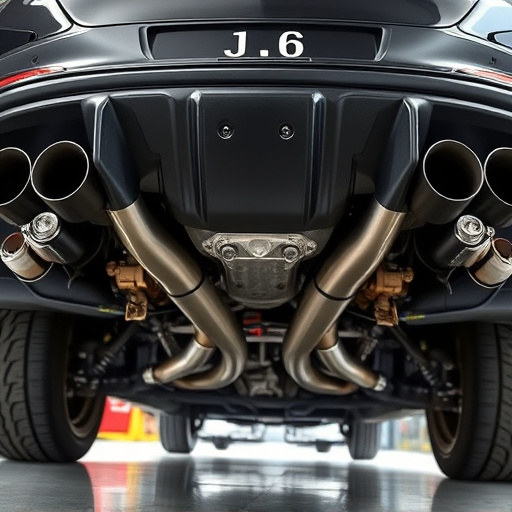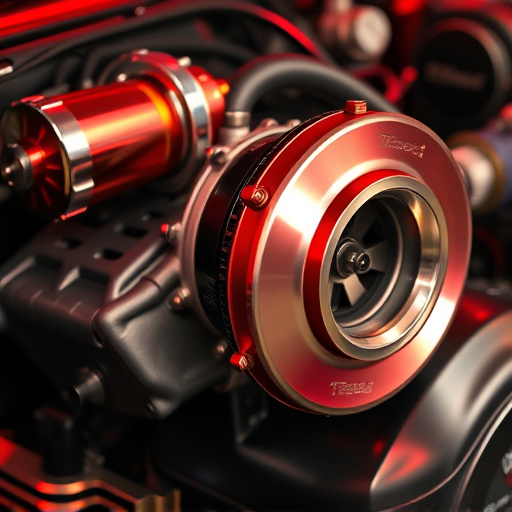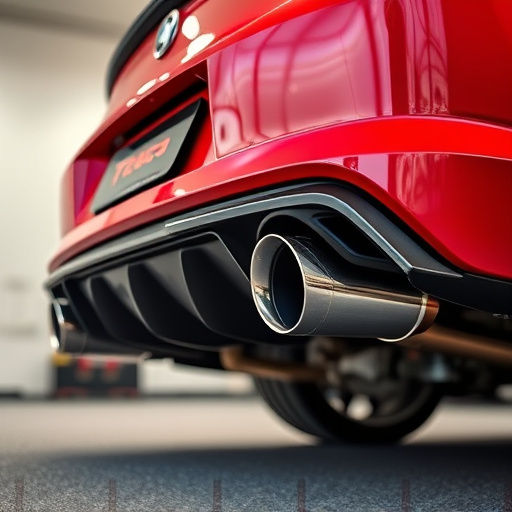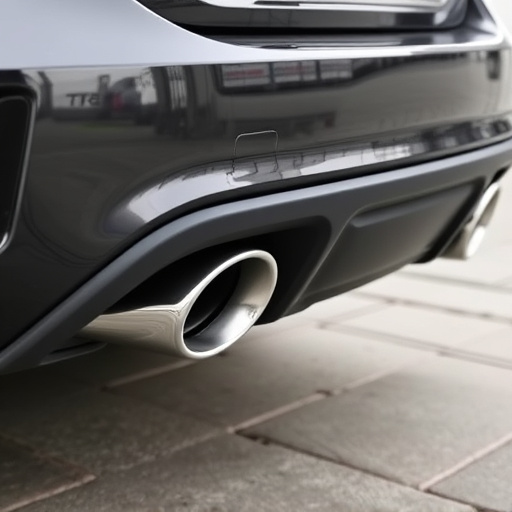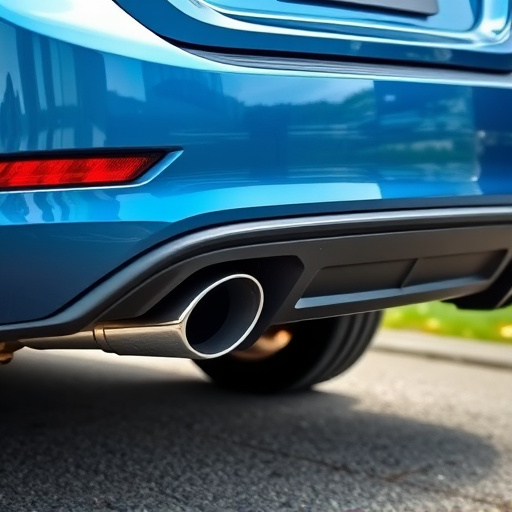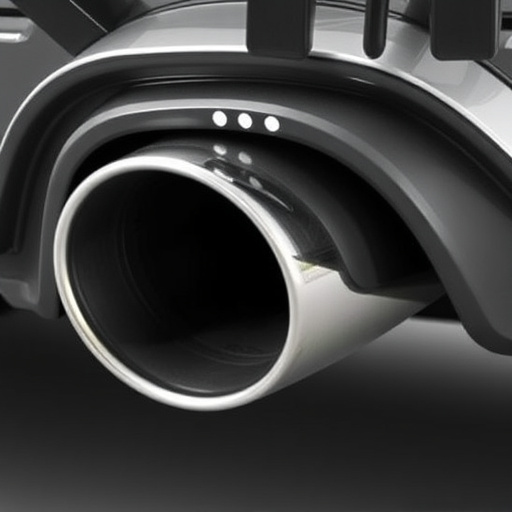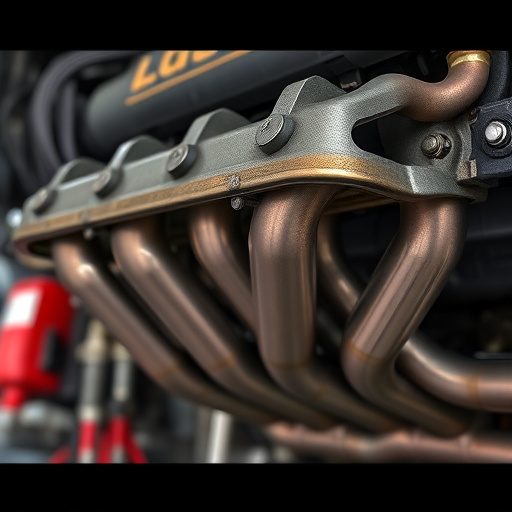Adjustable suspension kits empower car owners to fine-tune their vehicle's performance and handling through precise control over ride height, stiffness, and alignment. However, improper setup or complexity can lead to handling quirks, uneven tire wear, and reduced stability. To avoid issues, inspect connections, ensure proper alignment, verify air pressure levels, and check compatibility with existing brakes. A methodical troubleshooting approach, starting with problem identification, examining hardware, considering overall vehicle setup, and adhering to manufacturer guidelines, is crucial for optimal performance.
Unsure how to tackle issues with your adjustable suspension kit? This comprehensive guide is your solution. We’ll walk you through understanding the basics of these powerful components, identifying common problems and their root causes, and providing a step-by-step troubleshooting process. Whether you’re facing poor ride quality, handling issues, or unusual noises, this resource equips you with the knowledge to diagnose and resolve problems efficiently. Master the art of adjusting your suspension for optimal performance.
- Understanding Adjustable Suspension Kits: Components and Basic Functionality
- Common Issues and Their Causes: A Comprehensive Guide
- Troubleshooting Steps: From Diagnosis to Effective Solutions
Understanding Adjustable Suspension Kits: Components and Basic Functionality
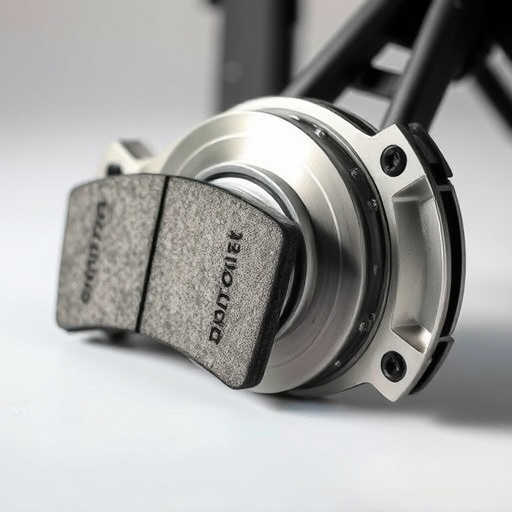
Adjustable suspension kits are a popular upgrade for vehicle owners seeking improved control and handling. These kits replace the stock suspension with customizable components that allow drivers to fine-tune their car’s ride height, stiffness, and alignment. Central to this system are adjustable control arms, which connect the wheels to the chassis, enabling precise adjustments to the vehicle’s geometry.
The basic functionality involves altering the placement of these control arms, often through the use of threaded rods or hydraulic systems. This adjustment changes the camber, caster, and toe angles of the wheels, impacting how the car interacts with the road surface. Additionally, many kits include components like adjustable strut mounts and shock absorbers, further enhancing the tunability of the suspension. Understanding these intricate parts and their interplay is key to effectively troubleshooting any issues that may arise during installation or normal use, especially when considering upgrades such as new brake pads, brake rotors, or cold air intakes.
Common Issues and Their Causes: A Comprehensive Guide
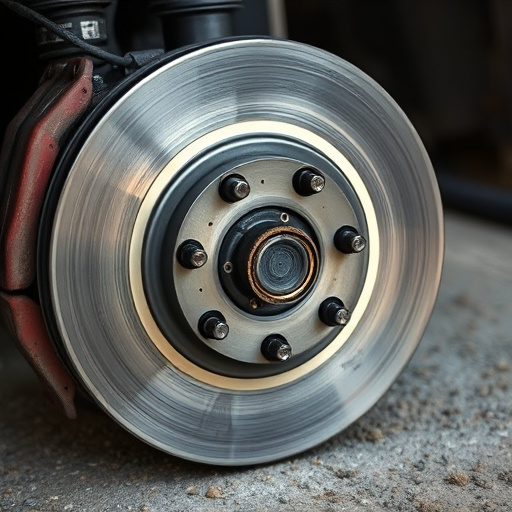
Many vehicle owners installing adjustable suspension kits encounter similar issues due to their complexity or incorrect set-up. Common problems include handling quirks, uneven tire wear, and reduced vehicle stability. These are often caused by misalignment of components, improper air pressure settings, or incompatibilities between the kit and existing vehicle systems. For instance, not accounting for the effect on the vehicle’s geometry can lead to unusual steering behavior, while incorrect spring rates may result in a bumpy ride and compromised handling.
When troubleshooting, it’s crucial to inspect connections, ensure components are correctly aligned, and verify air pressure levels meet manufacturer recommendations. Additionally, checking compatibility with existing brakes (performance brakes, specifically) is essential as they can be significantly affected by suspension adjustments. Regular maintenance and adherence to the kit’s instructions are key in maximizing vehicle performance and preventing these issues from arising.
Troubleshooting Steps: From Diagnosis to Effective Solutions
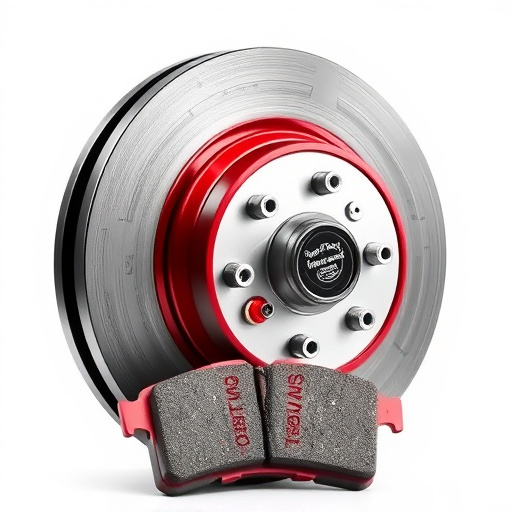
When troubleshooting issues with adjustable suspension kits, a systematic approach is key. Start by identifying the specific problem—is it a handling concern, ride quality issue, or unusual noise? This diagnosis will guide your troubleshooting steps. Check for common culprits like worn-out components, improper assembly, or fluid leaks in the system. Inspect the adjustable suspension’s hardware and connections, ensuring all parts are secure and aligned correctly.
Next, consider the vehicle’s overall setup. A poorly installed cat back exhaust system can affect ride height and handling. Ensure high-performance parts, including the adjustable suspension, are compatible with your vehicle’s specifications for optimal performance. Adjust the suspension according to manufacturer guidelines, taking into account desired ride characteristics. If necessary, consult a professional or refer to detailed tutorials for complex troubleshooting steps involving advanced adjustments.
Adjustable suspension kits are a popular choice for those seeking enhanced vehicle performance, but they’re not immune to issues. By understanding the basic components and common problems like loose connections, worn out bushings, or incorrect adjustments, car enthusiasts can effectively troubleshoot and resolve these challenges. Armed with the right knowledge from this guide, you’ll be well-equipped to maintain your adjustable suspension’s optimal functionality, ensuring a smoother and more responsive driving experience.








